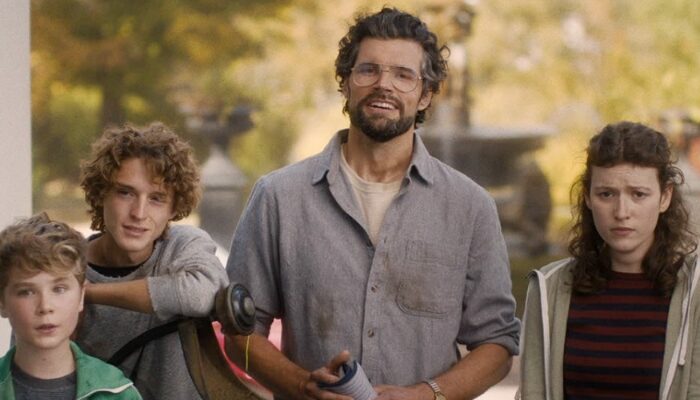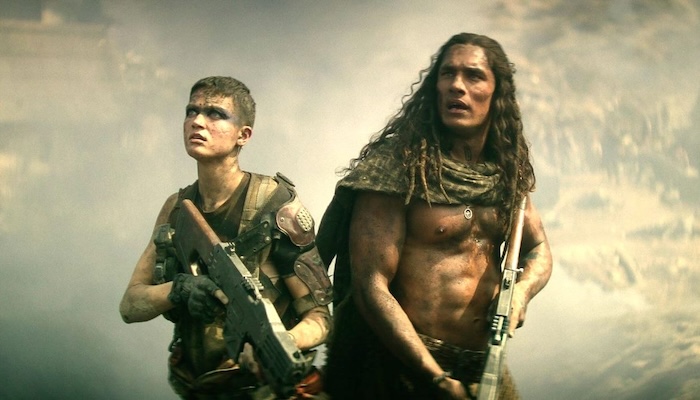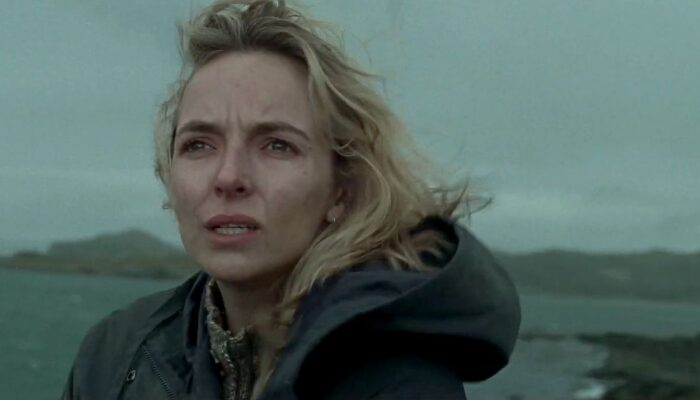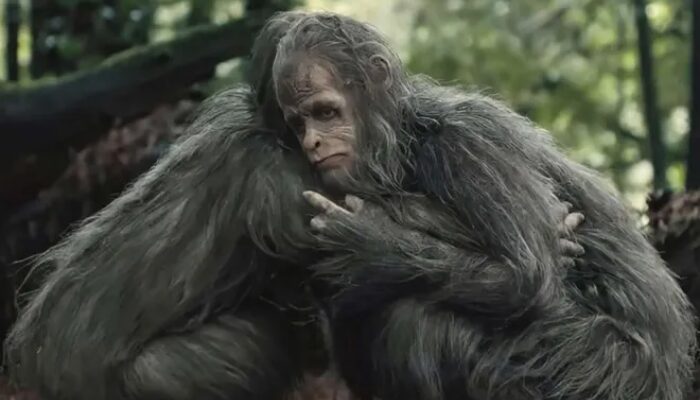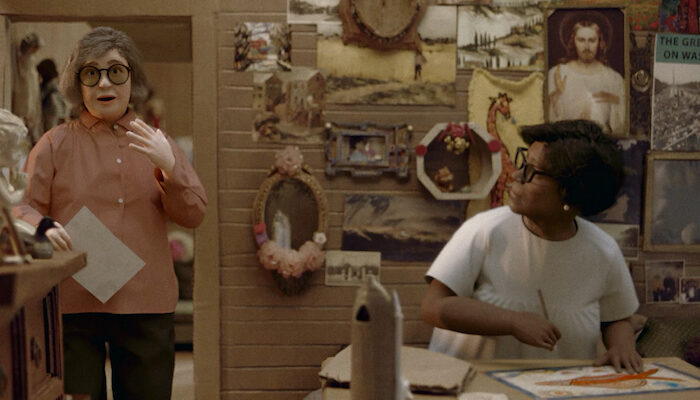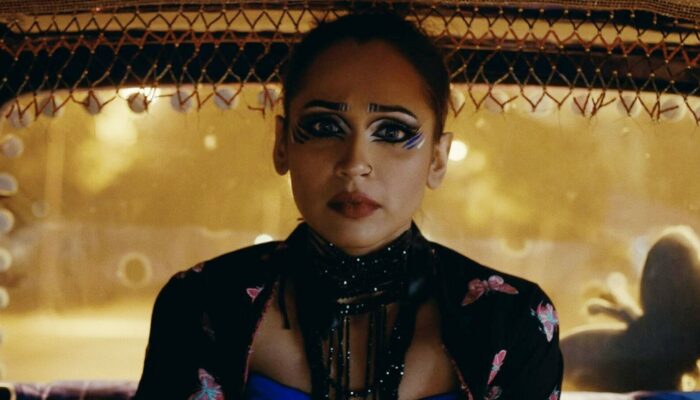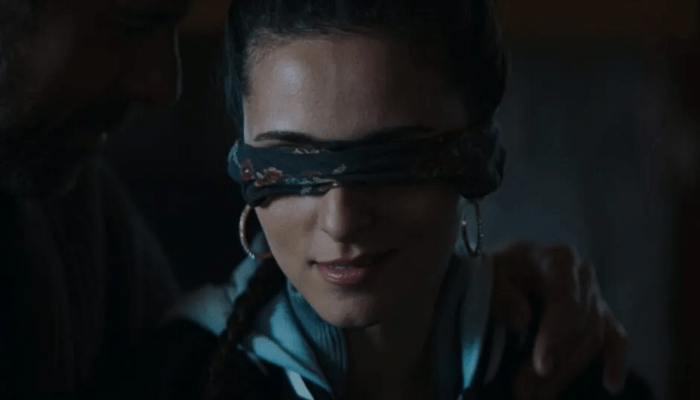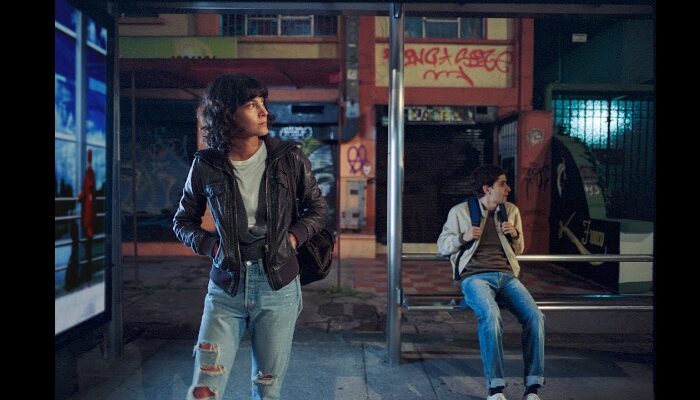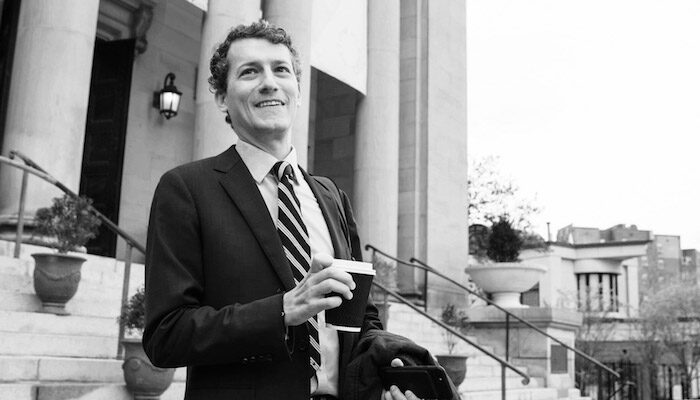Film Review: THIS WORLD IS NOT MY OWN: Extraordinary Journey Deep Into the Heart of an American Folk Artist Close to Perfection [SXSW 2023]
This World Is Not My Own Review
This World Is Not My Own (2023) Film Review from the 30th Annual South by Southwest Film Festival, a movie directed by Petter Ringbom & Marquise Stillwell, written by Ruchi Mital & Petter Ringbom, starring Uzo Aduba, Amy Warren, Nellie Mae Rowe, Judith Alexander, Andrew Young, and Steve Oney.
Rare are documentaries that capture the visual richness of a narrative film, and This World Is Not My Own is one of them.
A biopic of the Deep South folk artist Nellie Mae Rowe might have been in the ballpark, but the primal beauty of her work might have been obscured by dramatic interpretation.
Sharecropper’s Daughter
Born in 1900 to a family of sharecroppers, Ms. Rowe received no formal education. She labored as hard as anyone else in the field under this bizarre brand of feudalism until her first marriage at the age of 16 — an unsatisfying trade off, by own report — and was widowed 20 years later. She married again the next year to Henry Rowe, and together they built what she referred to as her ‘Playhouse’ in rural Vinings close to Atlanta.
A Playing House
There is the usual host of family, friends, and colleagues reminiscing and singing her praises, to be sure. And there are snippets of Ms. Rowe’s own words as well, culled from the relatively few videos that exist today. It is ironic that this limitation fostered the creative means of conveying the mainstay of Nellie Mae’s thoughts and anecdotes. In concert with those who knew her, through motion capture of a movable figure Nellie Mae herself on the set of her “Playhouse,” Uzo Aduba (“Crazy Eyes”) voicing Nellie Mae’s own words, on a set fashioned after her home in Vinings.
And quite a playhouse it had become, or to quote Nellie Mae herself, “a playing house.” Though twice married yet childless herself, Nellie Mae nonetheless loved children. But more to the point, she challenged them to use their imagination. Her home and garden, decorated with rag dolls she had made herself, and whatever curios came her way and took her fancy, was a safe place for self-expression, as her nieces reported in the film, but most especially, not to be afraid of competition.
No Style Off Limits
She took what life offered her as media adding to her gallery of distinctive artworks. Her mother taught her quilting and doll making. But in truth, life itself was her inspiration, and her methods were pragmatic and shrewd. For example, who would have ever conceived the notion of used-up chewing gum as a sculpture medium? Nellie Mae simply took it as a matter of course. All the same, she was particular. According to a great niece, she used only her own, which makes perfect, peculiar sense.
Unfortunately, this reviewer is nowhere near poetic enough to describe the captivating cascade of visual imagery and its blend of collage and tapestry, helmed by director and writer Petter Ringborn, who also served as cinematographer, together with visual effects specialists Sigfrid Söderberg and Andreas Wicklund, not to mention an extraordinary animation crew working their magic.
A Special Brand of Bias
Nor can full justice be done in relating the political events that give Nellie Mae’s story its unique cosmic flavor. This aspect of the film is a testament to the excellence in writing and editing. Bigotry has a strong thematic undercurrent, citing the infamous Atlanta murder spree of 1979-1981. A good deal of Ms. Rowe’s creative efforts focused on the missing children and adolescents during that period.
Even more sensational was the trial of Leo Frank in 1913. It is beyond the scope of this article to delve into the specifics of the industrialist Leo Frank, accused of seducing and murdering 13-year-old Mary Phagan, who worked in his pencil factory. Eventually, he was convicted by an all-white jury. His hanging was commuted to life in prison, but he hanged anyway, having been abducted by a lynch mob. While the story has only a peripheral connection to Ms. Rowe (as step grandmother to the prosecution’s main witness, James Conley), the more pertinent aspect involves the prevailing bigotry at the time — an ambivalent one: Jews against blacks. Prejudice had never been so fluid.
More than Friends
On the other hand, Judith Alexander (her ‘Playhouse’ figure voiced by Amy Warren) provided a more direct and positive connection, possibly mystical, certainly spiritual. Artist turned gallery owner and relentless champion of Rowe’s work, Ms. Alexander first met Nellie Mae at an exhibition in 1976 and recognized a kindred spirit. Judith was something of a black sheep herself among her prosperous, essentially straight-laced Jewish relatives; she was as unaccountably jolly. Loyal to her family, her true love of art was sharing it with the world. These two women found in each other mutual doppelgängers.
New York, New Journeys
Not that it was all sunshine. Ms. Alexander arranged a 1979 showing at the Parsons/Dreyfus Gallery in New York City. Despite bolstering the artist’s critical and financial success, for Nellie Mae the experience was anticlimactic. She was puzzled by the attention, even at being labeled an ‘artist.’ She wasn’t particularly impressed with the city itself and was happy to return to her two-room cottage. It was there she spent her remaining days until her death in 1982. Now her work can be found in collections nationwide, most recently at a National Gallery exhibit in Washington, D.C.
Not bad for a sharecropper’s daughter.
The greatest triumph of This World Is Not My Own is how Ms. Rowe, her life and artistry, comes off unencumbered. The application of modern film technique is never intrusive. On the contrary, draws us in, just like the artwork itself. Nellie Mae speaks, loud and clear, that her world is not just her own. Thanks to this film, it is ours, too.
Rating: 10/10
Leave your thoughts on this This World Is Not My Own review and the film below in the comments section. Readers seeking to support this type of content can visit our Patreon Page and become one of FilmBook’s patrons. Readers seeking more South By Southwest Film Festival articles can visit our South By Southwest Film Festival Page, our Film Festival Page, and our Film Festival Facebook Page. Readers seeking more film reviews can visit our Movie Review Page, our Movie Review Twitter Page, and our Movie Review Facebook Page.
Want up-to-the-minute notifications? FilmBook staff members publish articles by Email, Feedly, Twitter, Facebook, Instagram, Tumblr, Pinterest, Reddit, Telegram, Mastodon, and Flipboard.
Related Articles
FilmBook's Newsletter
Subscribe to FilmBook’s Daily Newsletter for the latest news!

